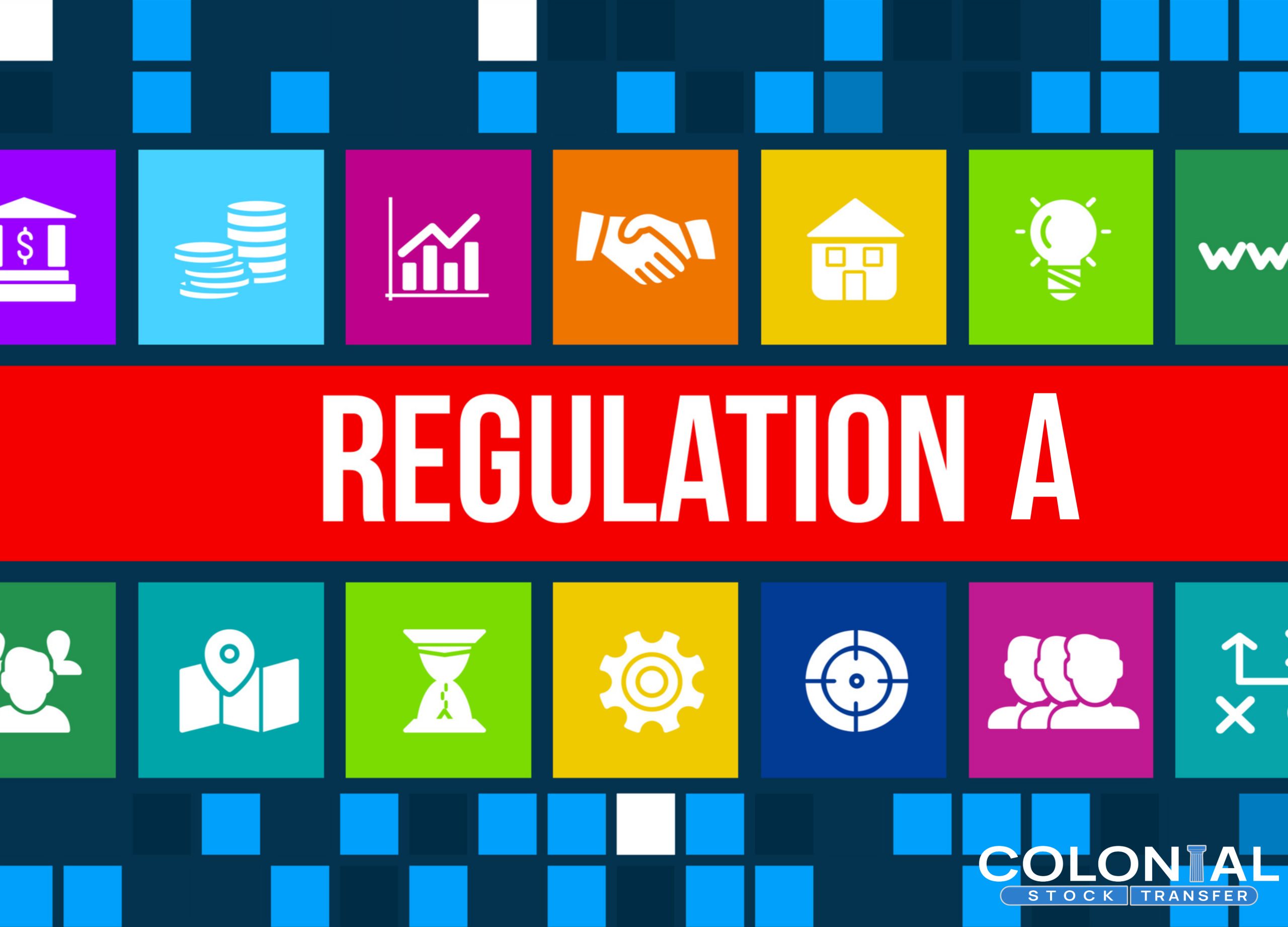
Qualification for a Regulation A (Reg A) filing is a critical step for companies seeking to raise capital through the sale of securities to the public without going through the rigour of a full-scale IPO. This qualification allows companies to proceed with their offering under Reg A rules. This process involves submitting an offering statement to the SEC, which is less comprehensive than the S-1 registration used for more extensive public offerings. Qualification signifies the SEC has reviewed the offering and found the disclosures to be fair and truthful.
While qualification means the green light for the offer and sale of securities under Reg A, it differs significantly from SEC effectiveness, which applies to traditional public offerings under the Securities Act of 1933. Effectiveness typically follows the SEC’s review of an S-1 registration statement. SEC effectiveness allows the issuer to make sales, marking the final step before an IPO. However, unlike Reg A, it requires a larger reporting regime after the offering.
Understanding Reg A Filing Qualification
Reg A filing qualification is a process tailored for smaller companies that may not have the resources for a traditional IPO. It requires companies to prepare an offering statement, which includes financial statements and other essential company information. Once the SEC staff reviews and provides comments, the issuer addresses any concerns the SEC might have. After this, the SEC qualifies the offering, and the company can start raising capital from the public.
This qualification is significant because it provides an opportunity for smaller and emerging companies to access capital markets with a less burdensome regulatory process. It promotes capital formation and provides investor protection through disclosure. The qualifying offering can be made to both accredited and non-accredited investors, broadening the potential investor base.
The SEC Review Process for Reg A Offerings
The SEC review process for Reg A offerings is less rigorous than that of the traditional IPO. Companies must file an offering statement using Form 1-A, which includes a notification, offering circular, and exhibits. The SEC then reviews the filing to ensure that it provides adequate information to investors, allowing them to make informed investment decisions.
During the review, the SEC may issue comments that require the company to amend their offering statement. This back-and-forth occurs until the SEC is satisfied that the disclosure is complete and transparent. Once the offering statement is qualified, the company must then make sure that it complies with both federal and state securities laws and regulations before it can begin selling the securities to the public.
Differences Between Reg A Qualification and SEC Effectiveness
There are several differences between Reg A qualification and SEC effectiveness. Most have to do with the scope of the offerings they govern and the level of ongoing reporting required. Reg A qualification allows for a maximum of $50 million to be raised in a 12-month period, whereas traditional public offerings can exceed this limit. The qualification process for Reg A is also streamlined and more cost-effective, designed explicitly for smaller issuers.
On the other hand, SEC effectiveness covers the full registration process under the Securities Act of 1933. Once effective, the issuer has the ability to sell securities without state review and faces more demanding reporting requirements. These include the obligation to file annual, quarterly, and current reports
Impact of Qualification on Issuers and Investors
Qualification has a significant impact on issuers because it allows them to raise capital from the public. It opens up new avenues for funding and can help in fueling growth and expansion. For investors, qualification provides assurance that the offering has met the baseline requirements set by the SEC and that the material information necessary to make an investment decision is available.
Continuous Reporting Requirements After Qualification
Once a company has secured Reg A qualification, the issuer must meet ongoing reporting requirements. These include filing annual reports on Form 1-K, semiannual reports on Form 1-SA, and current event reports on Form 1-U. These reporting requirements are crucial for maintaining transparency.
On the other hand, these requirements are also among the distinguishing factors between Reg A and traditional registered offerings. Traditional offerings require more detailed and frequent filings.
Summary Table: Reg A Qualificatoin vs. SEC Seffectiveness
| Feature | Reg A Qualification | SEC Effectiveness |
| Scope | Up to $50 million in 12 months | No limit on capital |
| Process | Streamlined, less comprehensive | More rigorous, comprehensive review |
| Costs | Generally lower | Generally higher |
| Investor Base | Accredited and non-accredited | Accredited and non-accredited |
| Reporting | Annual, semiannual, and current event reports | More frequent and detailed (quarterly, annual, current reports) |
| State Review | Preempted by federal law for tier 2, although notices and certain filings still must be submitted to the states | Preempted by federal law, some state by state requirements may exist (typically exchange-listed companies are exempt*) |
| Testing Waters | Permitted before qualification | Restricted until effectiveness |
| Time to Market | Typically faster | Can be lengthier due to detailed review |
*Consult with your legal counsel for clarification and guidance. We do not offer legal advice.




